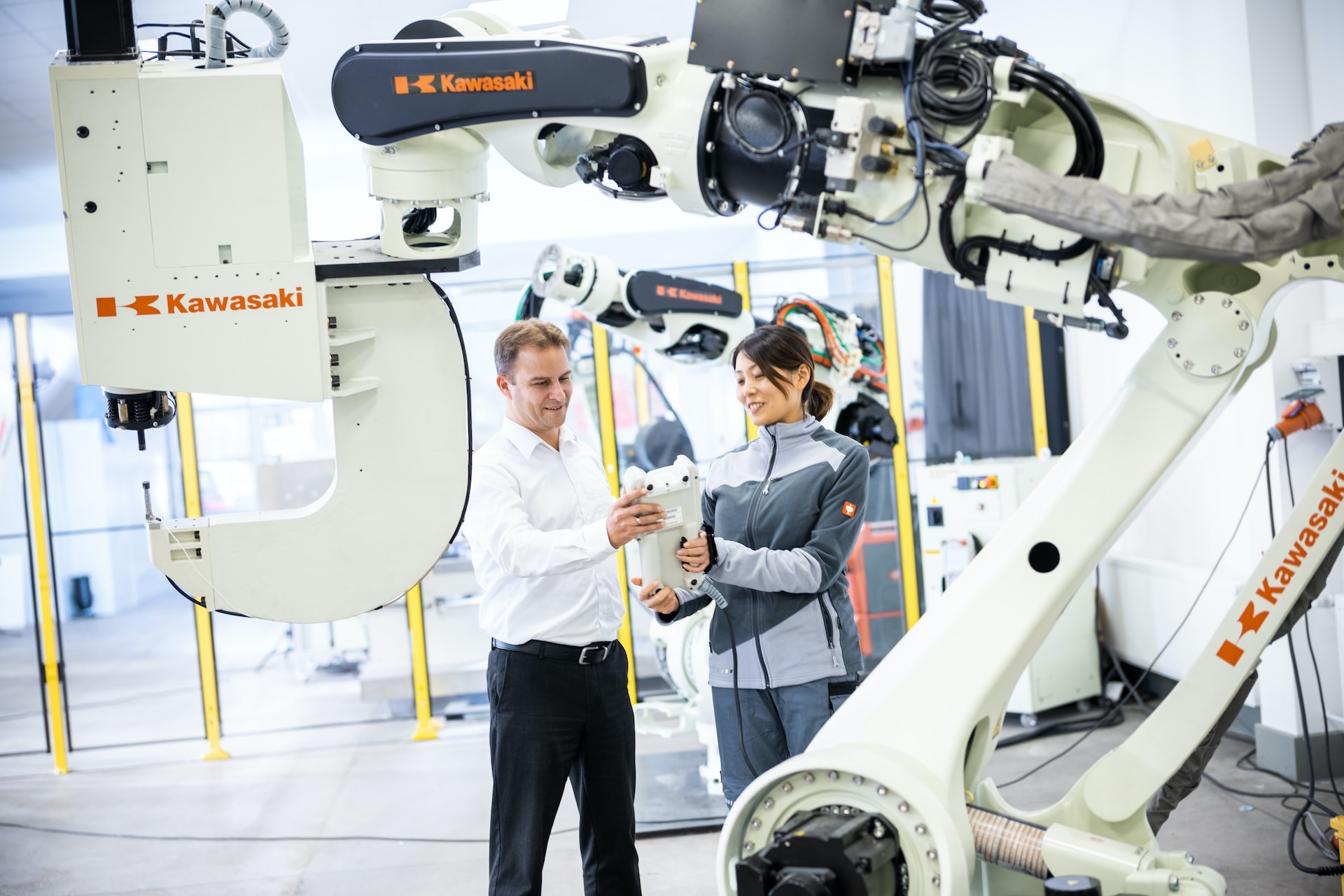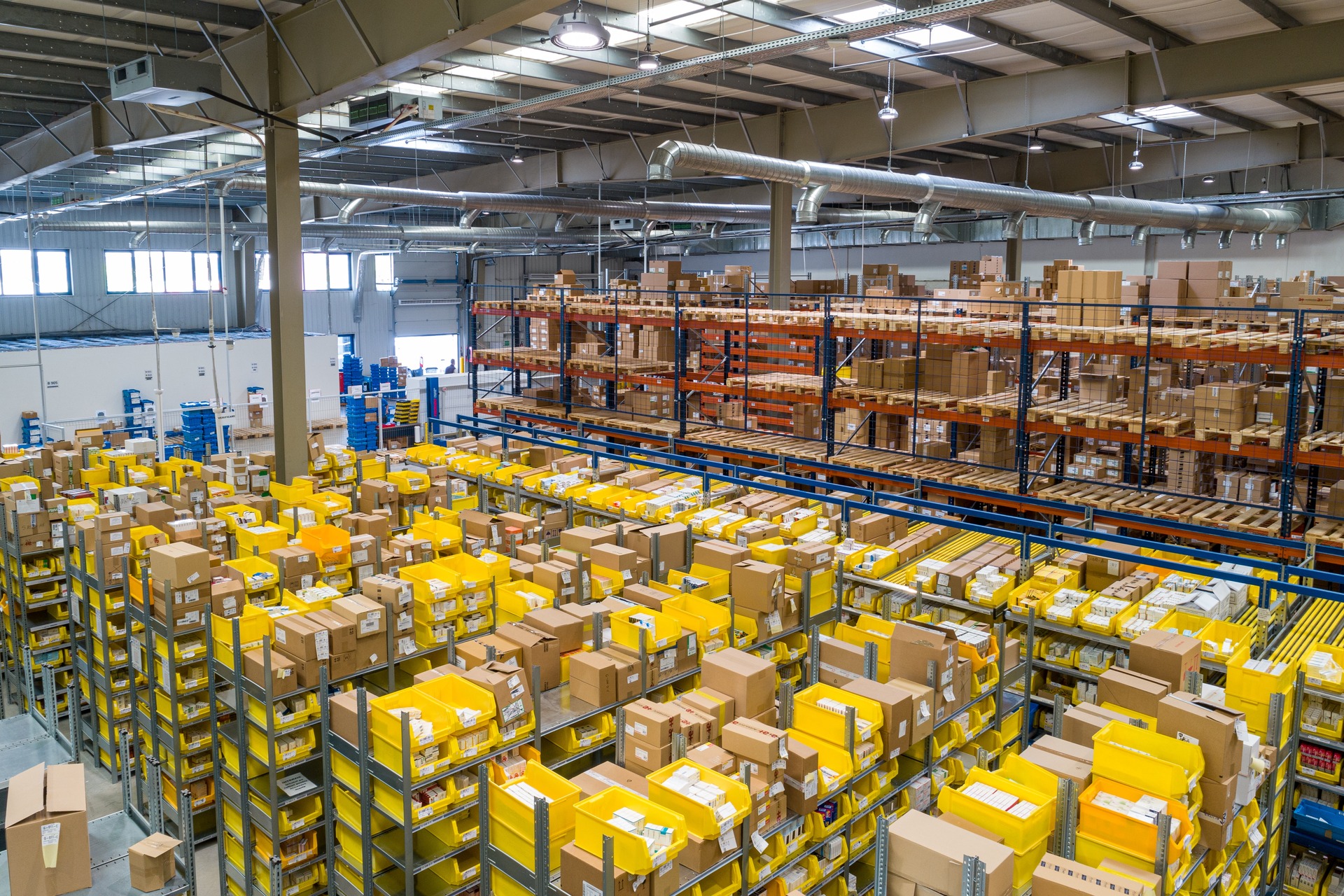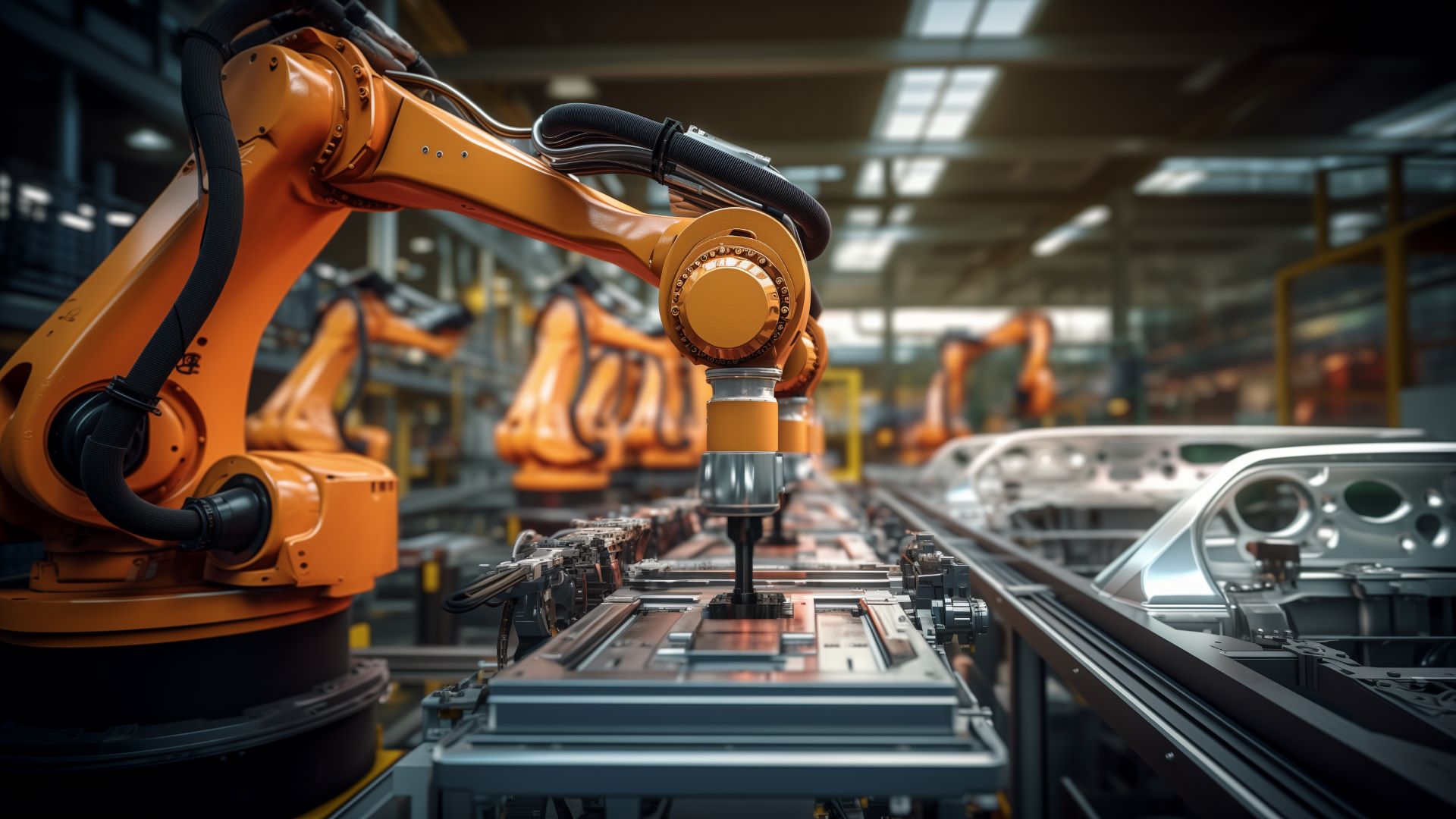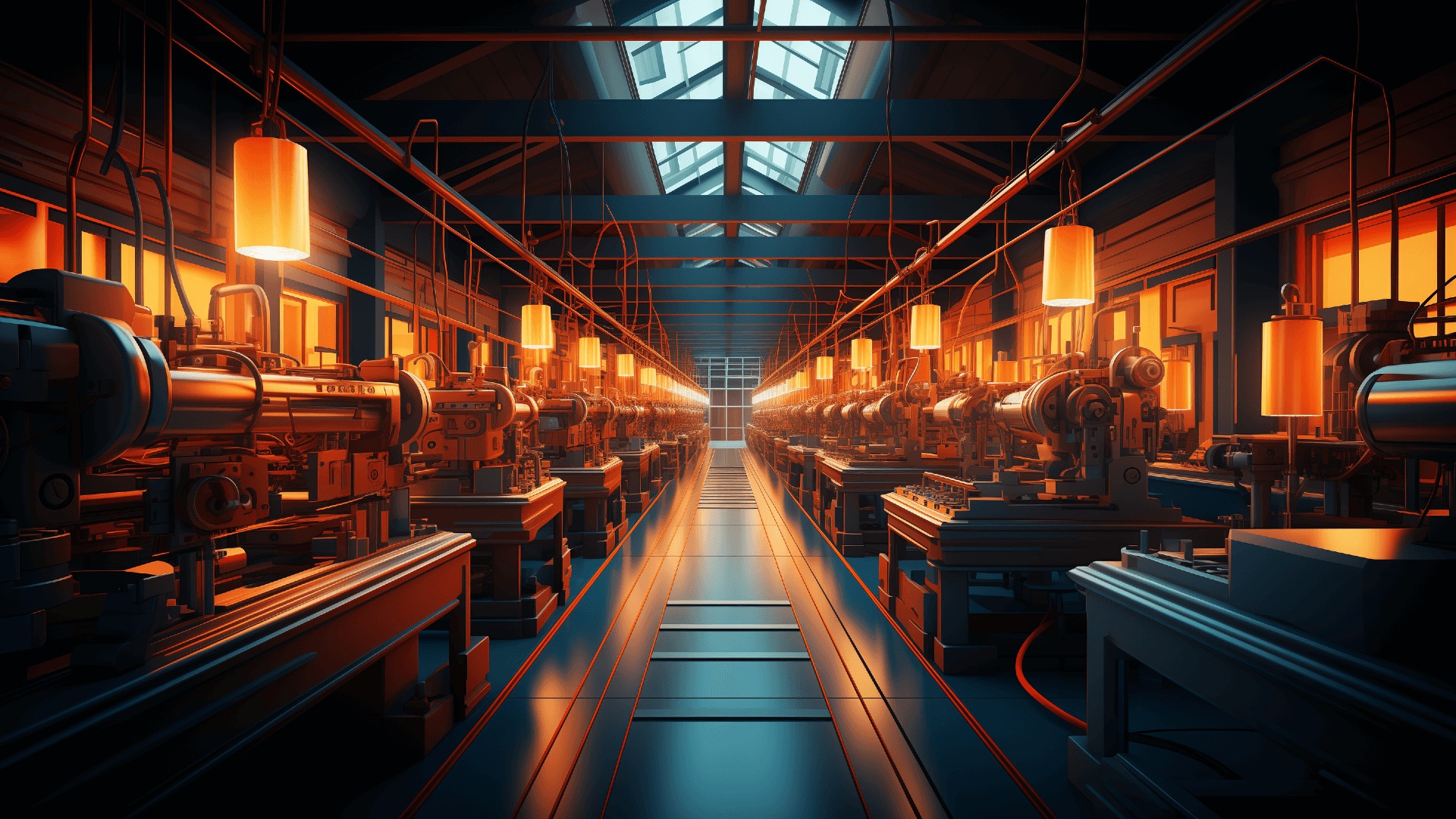
Introducing Smart Factory and Smart Manufacturing Principles to Prioritize for Best Results
February 27, 2023 - Emily Newton
Revolutionized is reader-supported. When you buy through links on our site, we may earn an affiliate commision. Learn more here.
Many decision-makers are getting on board with the smart factory and smart factory manufacturing trends. Still, they sometimes lose sight of what it means to run highly advanced facilities and bring production methods into the future. Here are some principles people should pay attention to before, during and after implementing an Industry 4.0 factory.
Let Data Drive Future Actions and Decisions
People who pursue smart factory and smart manufacturing options with the most success often realize the importance of gathering and using data. These advanced facilities usually have tremendous levels of connectivity. That means most of the infrastructure probably exists that allows people to gather real-time information. However, just having the data available is not sufficient. That’s only the first step.
It’s also necessary to proactively analyze the data. That becomes easier once the information is structured and accessible. Some companies also use supporting technologies, such as artificial intelligence (AI), to make it easier to decide how to respond to what the data shows.
However, a facility is closest to being a smart factory when leaders there use the data to find solutions to identified problems. Perhaps a recent issue is that certain products on a particular assembly line have failed quality control checks at a higher-than-average rate. Associated data could show what’s going wrong. Then, people could use that data to fix the problem.
It takes a while for decision-makers to iron out which data they’ll track, how they’ll do it and why. However, answering those questions is often worthwhile because it prevents disruptions that could cut into profits and cause the company to miss tight, client-related deadlines.
Explore Opportunities to Automate Production When Feasible
Automation is another defining characteristic of smart factory and smart manufacturing progress. It doesn’t usually make sense to automate everything, but leaders often realize that being strategic can help them make meaningful gains that go beyond profits.
For example, many company leaders invest in cobots to improve safety. This approach could relieve people of some of the monotonous work associated with many assembly lines. Then, they’re less likely to make dangerous errors due to tiredness. Cobots can also assist people with specific ergonomically taxing tasks that would otherwise cause excessive fatigue and potential injuries.
A 2022 survey from Microsoft showed that 72% of manufacturers were applying smart factory strategies. Another finding was that the respondents were frequently shifting their investment priorities to automation-based process control. That was due to the increasing need to stay agile in the marketplace. Previously, the manufacturers had primarily focused on quality control and condition-based maintenance.
Those areas are still worth considering, but it’s clear that people are looking at things differently now. Taking decisive steps to automate parts of production can have many positive outcomes. For example, a factory’s overall output may go up without the company needing to hire more employees. Since automation also supports better consistency, leaders may find that they’re better able to scale to meet demand.
Make Cybersecurity an Ongoing Concern and Area of Investment
Smart factory and smart manufacturing environments usually have an incredibly high number of internet-connected devices in them. Given that reality, it’s not hard to imagine why such facilities are frequent targets for cybercriminals. They have such large attack surfaces that hackers have no shortage of techniques they might try. Plus, manufacturing plants often contain proprietary and confidential information, as well as customer details. All that data could collectively become very valuable for people who orchestrate successful hacks.
Cyberattack ramifications are often more far-reaching than people initially expect, too. Consider a February 2022 ransomware attack on tire and rubber manufacturer Bridgestone. The incident forced the brand to disconnect many of its manufacturing and retreading facilities from the internet throughout the Americas while addressing the issue. However, things got worse from there.
The next month, news broke that the hacking group claiming responsibility for the attack would leak all the information it had on Bridgestone unless the company paid a ransom in a matter of days. That’s a phenomenon known as double extortion ransomware. Sometimes, hackers go even further and opt for triple extortion. In such cases, the perpetrators also demand money from the customers or other parties affected by information leaks.
A June 2022 poll found that people at 51% of industrial organizations believe smart factory cyberattacks will increase over the next year. However, another finding from the research was that 47% of manufacturers said cybersecurity in their facilities was not a C-suite concern in their organizations. Without top-down prioritization for cybersecurity in smart factory and smart manufacturing efforts, they’re highly likely to fail and get targeted during attacks.
Another challenge illuminated in the study was that cybersecurity risks often originate from third-party organizations manufacturers rely on to do business. More specifically, 51% of respondents said cyberthreats to their smart factories primarily came from vendor and partner networks. That finding emphasizes the need to ensure that all third parties follow cybersecurity best practices. Plus, manufacturers must hold them to account if flaws become apparent.
Dispelling Smart Factory and Smart Manufacturing Myths
As people learn more about these principles and others while ironing out how to advance their manufacturing facilities, they’ll likely encounter some misconceptions. For example, some people think only large facilities can benefit from smart technologies. That’s not true. However, people from organizations of all sizes must spend time and effort discovering what would work best for their facilities.
Another misconception is that people can only make a smart factory if building a new facility. Indeed, it can sometimes be more challenging to bring connected technologies into an existing plant. That’s mainly because certain upgrades may not work with the company’s equipment and infrastructure. However, workarounds exist. People should not fall into the trap of thinking it’s not worth the trouble to pursue smart manufacturing in an older facility. They should at least explore the possibilities.
A related myth is that people must transform their facilities into smart factories all at once. The process may actually take several years or more, and there’s no harm in that. Many manufacturers want to run trials first to see the return on their investment before pouring more money into a project.
Are You Ready to Move Ahead With Smart Manufacturing?
Getting optimal results with smart factory and smart manufacturing efforts is not always easy. Things can go wrong, even when people follow all the best practices. However, keeping these principles in mind will help individuals focus on what matters while avoiding pitfalls.
Revolutionized is reader-supported. When you buy through links on our site, we may earn an affiliate commision. Learn more here.
Author
Emily Newton
Emily Newton is a technology and industrial journalist and the Editor in Chief of Revolutionized. She manages the sites publishing schedule, SEO optimization and content strategy. Emily enjoys writing and researching articles about how technology is changing every industry. When she isn't working, Emily enjoys playing video games or curling up with a good book.




